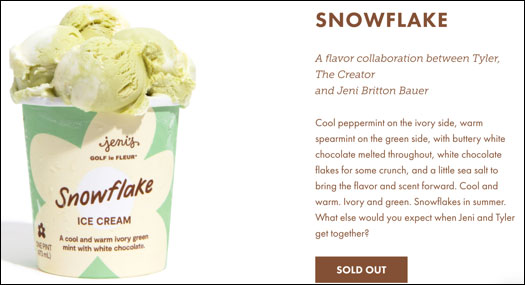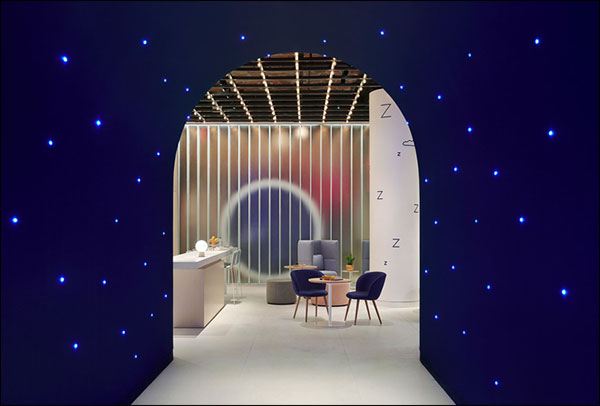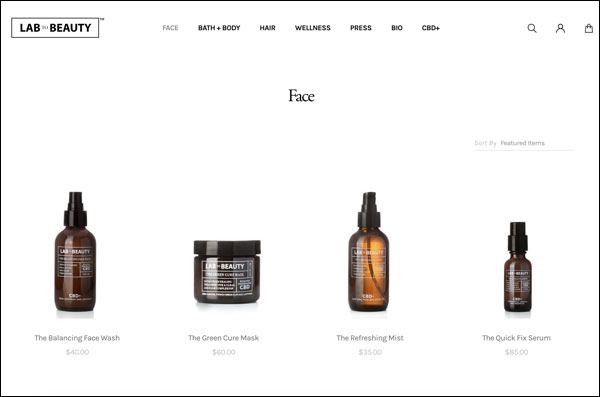What’s Working in Ecommerce: Strategies Used by 2020’s Most Cutting-Edge Brands
- March 10, 2020
- Uncategorized
Ecommerce has been around for a while—so
having an online store is now tablestakes. As we enter 2020, brands are looking
for ways to differentiate themselves and increase their customer base, while
also fighting off the rising competition and cost of customer acquisition.
The traditional “playbook” of ecommerce growth
is as important as ever:
- Brands still need a channel strategy. Do they go into marketplaces first, or consider a direct-to-consumer approach?
- Brands still need a way to connect with their customers—however they can. Email and social media marketing continue to be important.
- More and more people are shopping online. Digital transformation is increasingly infiltrating every facet of retail—from B2C, to B2B, to B2B2C.
- Customers continue to expect more from their check-out and ordering process. 1- and 2-day shipping is now the norm.
But outside of these tried-and-true
strategies, there are other avenues that innovative sellers—in particular, new
brands and direct-to-consumer retailers—are finding successful.
Checkout Enhancements: One-Click,
Payment Gateways, and More
If there’s one thing we know about online
consumers, it’s that they like things to be easy.
The revolution of online retail opened up the
floodgates to consumers—and now more shoppers than ever are buying online.
With this increase in traffic, however, comes
an increase in competition. Online retailers need to meet their revenue goals,
and one factor that often inhibits the sale of items is the number of people
who add items to their cart and then never complete checkout.
Cart abandonment is an increasingly
significant problem, so retailers have found a way to decrease the amount of
trouble a consumer has to go through in order to complete a purchase.
One way they’re doing this is by using
personalization and customization so that their website recognizes a repeat
customer and populates their details in advance—either by having them log into
the site, or by entering their phone number or other identifying information.
Another way that retailers are enhancing the
user experience of a website is by allowing customers to purchase products
using their preferred payment method—going beyond just credit or debit cards.
Now, retailers have the option of a whole suite of payment methods, ranging
from the Gen-Z favorite Apple Pay, through to Venmo, PayPal, GooglePay, and
more.
Sustainability: From Sourcing to Fulfillment
and Beyond
2019 and 2020 saw the unfortunate demise of some of retail’s most-known brands: Forever21, Kohls, and H&M, to name a few.
They all had one thing in common—they were fast fashion brands. Known to rapidly churn out different styles made out of synthetic materials for the sole sake of “catching trends,” these clothing items weren’t built to last more than a few wears.
Fast fashion has a severe impact on the environment, with about 85% of textile waste in the United States ending up in landfills or incinerated. Due to the nature of the materials, they won’t decay.
The concept of unsustainability spans to more industries than just fashion—planned obsolescence (building products with the intention of making them need replacing in a seasonal or time-bound manner) has been around since the Great Depression and now is evident in the cars and iPhones we buy.
Consumers are getting wise about this and are
now demanding that brands take more sustainable actions. Brands are responding
by becoming more sustainable in a number of different areas.
Fulfillment is the obvious first choice for
any sustainability-minded brand. Companies all over the globe are piloting
announcements about changes in their packaging—either by opting for a packaging
option that involves less plastic, or by committing to being completely
plastic-free in the future.
A lot of brands are also making more
sustainable choices within their product production by choosing textiles or
other materials that are fair-trade, organic, or otherwise less harmful to the
planet.
And another under-the-radar harbinger of
sustainability is within the inner operations of a company—by incentivizing
employees to carpool, or using recyclable/composting materials in cafeterias.
Meeting Customers Where They Are:
SMS, Email, and Chatbots
Gone are the days of picking up a phone to
talk to a customer.
In today’s constantly changing, increasingly digital environment, customers expect brands to connect with them in the ways that are the most convenient for the shopper. This means via texting, on-site chatbots, or through traditional email.
The evolving technologies that can plug-in to ecommerce platforms help aid in this communication. Now, merchants on the most common platforms like BigCommerce can simply work with a partner solution to easily add additional communication channels to their storefront.
These services can do more than just aid in customer service. Some brands are starting to (carefully) use SMS as a marketing channel, alerting subscribers to new product launches, promotions, and more with text messages.
One thing is for certain—as methods of communication between peers continue to evolve, so too will we need to change the way that brands talk to customers.

Partner-First Strategies:
Benefiting from Mutual Customers
An increasing number of brands are starting to
realize that it’s tough to build a community from scratch.
You need to build a product, create buzz
around it, find the areas where your users are hanging out, and market to them
in an effective way.
More and more brands are finding success by
partnering up with other retailers to co-market.
These partnerships can take many different
forms:
- A discounted package of 2 products,
- A simple marketing message swap, or even
- A brand-new product created in tandem by the 2 brands.

Regardless of the type of partnership, we’ll
definitely see more of these types of activations as we move into 2020.
Building a Community:
Newsletters, Slack Channels, and More
Brands are constantly searching for the new, modern-day version of “a day at the mall”—where shoppers can gather, converse, learn, and explore new brands.
In every vertical, from cars to fashion to
baby accessories, you can find niche groups of consumers who share insights
(and promo codes), review products, and engage in genuine conversation.
One way for brands to create loyal customers who return to repeat purchases? Build a community where they can continue to interact with your product and other customers long after the purchase has been made.
One brand doing this well is Revelry. Aside from disrupting the wedding industry by changing the way brides and bridesmaids shop for dresses, they’ve also seen great success by creating a Facebook group where customers can share information about body types and sizing, make notes about the different colors, and—of course—share final photos of their big day. This is also an effective way for the Revelry brand to get their hands on some user-generated content (UGC) to use in advertisements and other forms of media.
From Bricks to Clicks: Brick-and-Mortar
Stores and Pop-Ups
Despite the innovations in online communities,
marketing channels, and more, some brands are recognizing the value in
face-to-face interactions with (and between) consumers.
There are a few ways brands are activating
customers in person, and they range from high-cost (opening up a standalone
store) through to low-cost (in-person partnerships and activations).
Arguably the most famous example of a successful brick-and-mortar strategy is that of Casper. They started out as a direct-to-consumer, online-only mattress company. After gathering up $239.7 million in funding, in 2018 the brand announced the addition of 200 retail locations over the next few years.

They also piloted The Dreamery, where customers can pay to have a 45-minute nap in a Casper bed.
But not all storefronts need to be 200-fold or
flashy. An easy way for smaller brands to take advantage of in-person sales is
through a pop-up or marketplace—plus, a pop-up could be a great way to gauge
whether or not your product fits in a certain marketplace or metro area.
CBD skincare brand Lab to Beauty first piloted a pop-up model in late 2018 by selling products at Barney’s New York for 3 days during the holiday season. Due to the success of the pop-up, Lab to Beauty now has permanent stock in several Barney’s locations.

Conclusion
A logical step in any retailer’s ecommerce growth is to test out different marketing and channel strategies. After all—consumer demands will continue to shift over time, so your best bet is to try to match that velocity by testing new approaches.
Whether you have the resources to test on a
weekly cadence, or a quarterly switch-up is more your speed, make sure you have
the time to fully qualify and vet any new approach.
One more tip… If you see a brand doing something innovative and different, reach out to them and ask them how they’re measuring results. Chances are they’d be interested in having a conversation, or at least letting you know what technology they’re using.

The post What’s Working in Ecommerce: Strategies Used by 2020’s Most Cutting-Edge Brands appeared first on DigitalMarketer.
About us and this blog
We are a digital marketing company with a focus on helping our customers achieve great results across several key areas.
Request a free quote
We offer professional SEO services that help websites increase their organic search score drastically in order to compete for the highest rankings even when it comes to highly competitive keywords.
Subscribe to our newsletter!
More from our blog
See all postsRecent Posts
- Web Hosting September 26, 2023
- Affiliate Management September 26, 2023
- Online Presence Analysis September 26, 2023

